Home>Garden Essentials>What Is Pimento Seeds
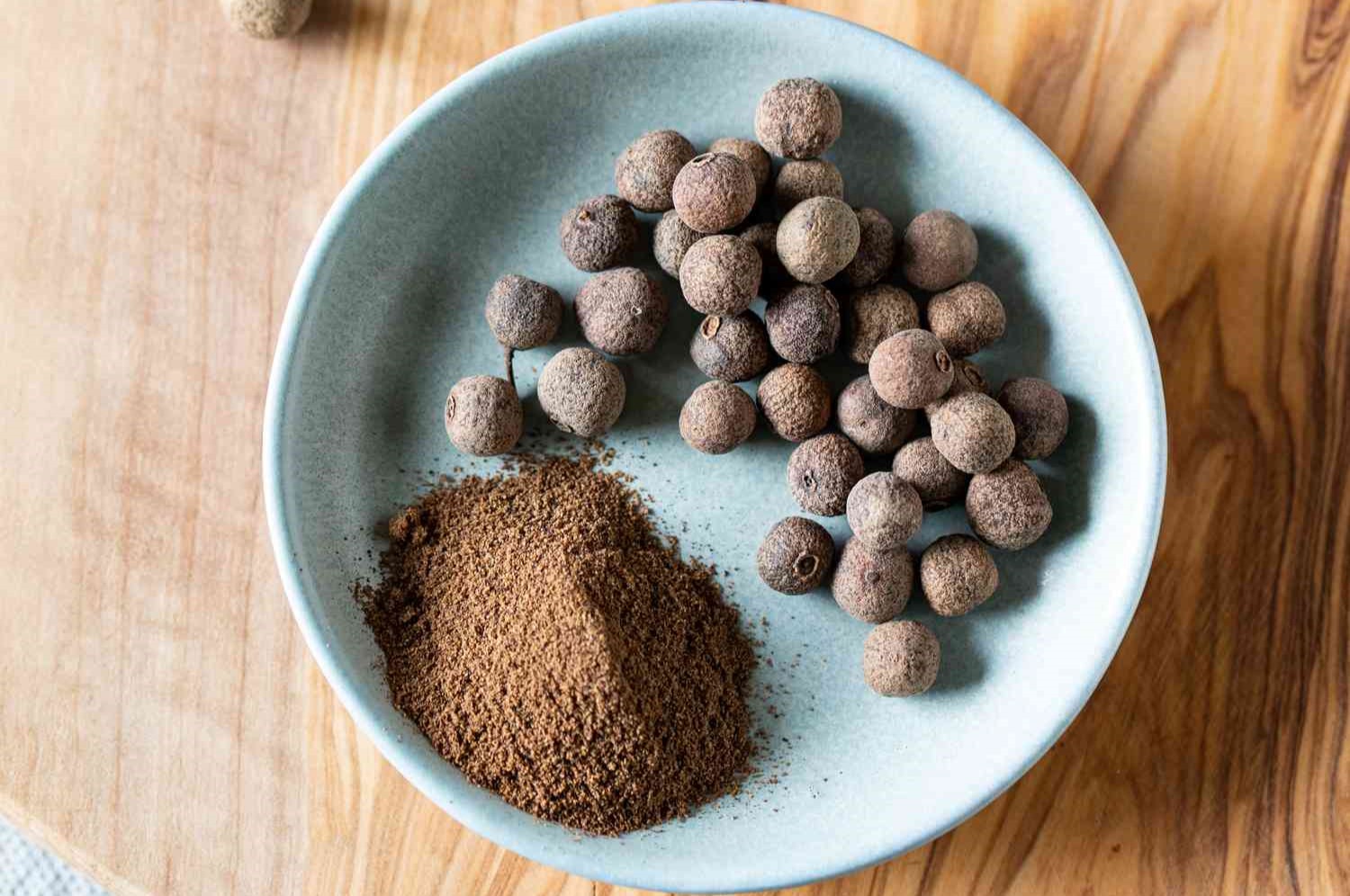

Garden Essentials
What Is Pimento Seeds
Modified: March 15, 2024
Discover the benefits of pimento seeds in the garden. Learn how these seeds can enhance your gardening experience and improve the growth of your plants.
(Many of the links in this article redirect to a specific reviewed product. Your purchase of these products through affiliate links helps to generate commission for Storables.com, at no extra cost. Learn more)
Introduction
Welcome to the fascinating world of pimento seeds! Whether you’re a seasoned gardener, a cooking enthusiast, or someone curious about natural remedies, pimento seeds are sure to pique your interest. These small but powerful seeds hold a wealth of culinary and medicinal benefits, making them a valuable addition to any garden and kitchen.
In this article, we’ll dive into the wonders of pimento seeds, exploring their origins, culinary uses, medicinal benefits, as well as how to grow and harvest pimento trees. So, let’s get started and discover the secrets of these remarkable seeds!
Key Takeaways:
- Pimento seeds, also known as allspice, are versatile and aromatic seeds with rich culinary and potential medicinal benefits. They add warmth and depth to dishes, making them a must-have ingredient in any kitchen.
- Growing your own pimento tree allows you to enjoy the satisfaction of harvesting fresh fruits and extracting aromatic seeds. Proper harvesting and storage ensure the longevity of their delightful aroma and flavor.
Read more: What Is A Seed?
What are Pimento Seeds?
Pimento seeds, also known as allspice, are the small, brown seeds derived from the Pimenta dioica tree. Despite its name, pimento is not related to the red pepper commonly referred to as pimento. Instead, it is a species native to the Caribbean and Central America.
The pimento tree is an evergreen tree that grows up to 40 feet tall and produces aromatic flowers, from which the seeds are harvested. These seeds have a distinctive aroma, similar to a combination of cinnamon, cloves, and nutmeg, giving them their popular nickname “allspice.”
Pimento seeds have long been treasured for their rich flavor and versatility in the culinary world. They are commonly used in both sweet and savory dishes, providing a warm and aromatic taste that adds depth and complexity to a variety of recipes.
Furthermore, pimento seeds contain essential oils that contribute to their unique flavor profile. Euginol, the predominant essential oil in pimento seeds, not only gives them their distinct taste but also possesses numerous health benefits.
So, whether you’re looking to spice up your dishes or harness the potential medicinal properties of these seeds, pimento seeds are a must-have ingredient in your pantry!
History and Origins
Pimento seeds have a long and fascinating history dating back thousands of years. The tree itself is native to the West Indies, specifically Jamaica, where it was first discovered by European explorers during the 15th century. The indigenous peoples of the Caribbean had been using pimento berries and seeds for centuries before their encounter with the Europeans.
Upon discovery, Europeans were captivated by the unique flavor and aromatic properties of the seeds. They quickly recognized their potential as a valuable spice and began exporting pimento seeds to Europe, where they became highly sought after.
In fact, during the 17th century, pimento seeds were so highly prized that they were often used as a form of currency. This led to the establishment of large-scale plantations in the Caribbean, particularly in Jamaica, to meet the growing global demand for pimento seeds.
Over time, pimento seeds gained popularity and made their way into various cuisines around the world. They became a staple ingredient in Caribbean and Latin American dishes, adding a distinct flavor and aroma to traditional recipes.
Today, pimento seeds are not only cultivated in their native regions but also in other parts of the world, including Mexico, Guatemala, and Honduras. They continue to be cherished for their unique taste and versatility in culinary applications.
Furthermore, pimento seeds have also found their place in traditional medicine practices. The indigenous peoples of the Caribbean and Central America have long used pimento seeds for their medicinal properties, including treating digestive issues, relieving pain, and easing congestion.
With such a rich history and cultural significance, pimento seeds play a vital role in both the culinary and medicinal realms, connecting people to the traditions and flavors of the past.
Culinary Uses
Pimento seeds have an incredibly versatile flavor profile, making them a prized ingredient in various culinary traditions. Their warm and aromatic taste, reminiscent of a combination of cinnamon, cloves, and nutmeg, adds depth and complexity to a range of dishes.
One of the most common uses of pimento seeds is in spice blends. They are a key component of many renowned spice blends, such as Jamaican jerk seasoning, curry powders, and pickling spice. The addition of pimento seeds elevates these blends, imparting their unique flavor and enhancing the overall taste of the dishes.
Pimento seeds are also widely used in both sweet and savory recipes. In Caribbean and Latin American cuisines, they are frequently added to stews, sauces, marinades, and rice dishes to infuse them with their distinctive taste.
In baking, pimento seeds are a favorite ingredient in desserts, especially during the holiday season. They are commonly used in gingerbread, cookies, cakes, and pies, giving them a delightful warmth and aroma.
Furthermore, pimento seeds can be ground and used as a standalone spice. Ground pimento, also known as allspice powder, is a pantry staple in many households. It can be sprinkled over roasted vegetables, added to soups, or used as a seasoning for meat and poultry.
The flavor of pimento seeds pairs well with a wide range of ingredients. They complement both sweet and savory flavors, making them a versatile spice in the kitchen. Whether used in traditional recipes or as a creative twist in modern culinary creations, pimento seeds add a delightful and distinct flavor to any dish.
Next time you’re in the kitchen, don’t forget to reach for the pimento seeds and experience the magic they can bring to your cooking!
Pimento seeds are small, reddish-brown seeds found inside the pimento pepper, also known as allspice. They are often used in pickling, seasoning, and as a key ingredient in Jamaican jerk seasoning.
Medicinal Benefits
Beyond their delightful flavor and aroma, pimento seeds also possess a range of medicinal benefits. These seeds contain essential oils, antioxidants, and other compounds that contribute to their potential therapeutic properties.
One of the key components of pimento seeds is eugenol, a compound known for its analgesic and anti-inflammatory properties. Eugenol has been traditionally used to alleviate pain and reduce inflammation in conditions such as arthritis and muscle aches.
Pimento seeds are also believed to have digestive benefits. The essential oils found in these seeds can help stimulate digestion and relieve digestive discomfort such as bloating and indigestion. Additionally, the natural antibacterial properties of pimento seeds may help combat bacteria that can cause gastrointestinal issues.
Furthermore, pimento seeds are rich in antioxidants, which can help protect our cells from damage caused by free radicals. Antioxidants play a crucial role in maintaining overall health and reducing the risk of chronic diseases, including heart disease and certain cancers.
Some research suggests that pimento seeds may have antimicrobial properties as well. They have been shown to exhibit activity against bacteria, fungi, and even parasites. This makes pimento seeds potentially beneficial in supporting the immune system and fighting off infections.
In traditional medicine, pimento seeds have been used as a natural remedy for respiratory issues like coughs, colds, and congestion. The warming and expectorant properties of the seeds can help loosen phlegm and alleviate respiratory discomfort.
It’s important to note that while pimento seeds have been used for their medicinal properties, further scientific research is needed to fully understand and validate their potential benefits. As with any natural remedy, it’s always wise to consult with a healthcare professional before using pimento seeds for therapeutic purposes.
With their potential analgesic, anti-inflammatory, digestive, antioxidant, and antimicrobial properties, pimento seeds offer a natural and flavorful way to support overall health and well-being.
Read more: What Is Germinate
Growing Pimento Trees
If you’re intrigued by the idea of having your own pimento seeds and enjoying the fresh aroma and flavor they bring, you might consider growing pimento trees in your garden or yard. While they are native to tropical regions, pimento trees can also be cultivated in warmer climates or as container plants in cooler areas.
Pimento trees thrive in well-draining soil with a pH level between 6.0 and 7.0. They prefer sunny locations but can tolerate some shade. Before planting, prepare the soil by incorporating organic matter to improve its fertility and drainage.
When it comes to propagation, pimento trees can be grown from seeds or cuttings. If you choose to grow them from seeds, it’s best to start with fresh seeds. Soak the seeds in warm water for a day or two to soften the outer shell. Plant the seeds about half an inch deep in containers with well-draining soil and keep them in a warm and humid environment, like a greenhouse or indoors with a heating mat. Germination can take anywhere from two to six weeks, so be patient.
Once the seeds sprout, you can transfer them to larger pots or transplant them into the ground if the weather conditions are suitable. Provide regular waterings, ensuring the soil remains moist but not waterlogged. As the young tree grows, you may need to provide some support with stakes to help it develop a strong, upright trunk.
Pimento trees are relatively low-maintenance. They require regular watering, especially during dry spells, and benefit from occasional fertilization with a balanced, slow-release fertilizer. Pruning can be done to promote airflow and remove any dead or damaged branches.
Keep in mind that pimento trees are sensitive to cold temperatures, so if you live in a cooler climate, it’s best to grow them in containers that can be moved indoors during winter or provide protection with frost covers.
With proper care and patience, your pimento tree will start bearing fruits in about three to four years. The small, green fruits will gradually ripen to a deep red color and can be harvested when they have reached their full size and aroma. Harvest the fruits by gently twisting or cutting the stalks.
Having your own pimento tree not only provides you with a bountiful supply of fresh pimento seeds but also adds a touch of tropical beauty to your garden.
Harvesting and Storing Pimento Seeds
Once your pimento tree has produced ripe fruits, it’s time to harvest and enjoy the aromatic seeds within. Here are the steps to ensure you harvest and store pimento seeds properly:
1. Timing: Pimento fruits should be allowed to fully ripen on the tree before harvesting. Look for fruits that have turned a deep red color and are slightly soft to the touch. This indicates that they are mature and ready to be harvested.
2. Harvesting: Gently twist or cut the stalks that connect the fruits to the tree. Be careful not to damage the surrounding branches or other fruits. It’s best to harvest the fruits in small batches to ensure they remain fresh and don’t spoil before processing.
3. Drying: After harvesting, place the pimento fruits in a warm and well-ventilated area to dry. You can spread them out on a clean, dry surface or use wire racks for better airflow. Allow the fruits to dry for 1-2 weeks until they become shriveled and the seeds rattle inside when shaken. This indicates that they are fully dried.
4. Seed Extraction: Once the pimento fruits are dry, gently break them open to release the seeds. The seeds will be small and dark brown in color. Remove any remaining fruit flesh or debris by lightly crushing the dried fruits and sieving the seeds to separate them.
5. Storage: To ensure the longevity of the pimento seeds, store them in an airtight container in a cool, dark, and dry place. Mason jars or glass containers with tight-fitting lids work well for this purpose. Placing a desiccant packet in the container can help absorb any remaining moisture and maintain seed quality. Stored properly, pimento seeds can retain their flavor and quality for up to a year.
6. Culinary and Medicinal Use: When you’re ready to use the pimento seeds, simply grind them into a powder using a spice grinder or mortar and pestle. Alternatively, you can use whole seeds, which are often added to simmering dishes to infuse their flavor.
By following these steps, you can harvest and store pimento seeds to enjoy their delightful aroma and flavor long after the growing season ends.
Conclusion
Pimento seeds, with their unique flavor and versatility, add a touch of warmth and aroma to culinary creations. From traditional dishes to creative experiments, pimento seeds bring depth and complexity to recipes, making them a beloved ingredient in kitchens around the world.
Beyond their culinary uses, pimento seeds also offer potential medicinal benefits. With properties such as anti-inflammatory, digestive support, and antioxidant activity, these seeds have been used in traditional medicine for various purposes. While further research is needed to fully understand their therapeutic potential, pimento seeds continue to be valued for their potential health-promoting properties.
If you’re eager to experience the wonders of pimento seeds firsthand, consider growing your own pimento tree. With proper care and patience, you can enjoy the satisfaction of harvesting fresh fruits and extracting the aromatic seeds from your own garden. Whether you live in a tropical region or opt for container gardening in cooler climates, having a pimento tree adds a touch of exotic beauty to your outdoor space.
Remember, when it’s time to harvest and store pimento seeds, ensure that the fruits are fully ripe and dry them properly before extracting the seeds. Storing them in a cool, dark, and dry place will help preserve their flavor and quality for an extended period.
So, embark on a journey with pimento seeds – from planting and nurturing a pimento tree, to savoring the distinctive flavor they bring to your favorite dishes. Whether you’re a seasoned chef, a gardening enthusiast, or a health-conscious individual, pimento seeds are a valuable addition to your culinary adventures and natural remedies.
Indulge in the wonderful world of pimento seeds, and let their enticing aroma and rich flavors transport you to vibrant and flavorful culinary experiences!
Frequently Asked Questions about What Is Pimento Seeds
Was this page helpful?
At Storables.com, we guarantee accurate and reliable information. Our content, validated by Expert Board Contributors, is crafted following stringent Editorial Policies. We're committed to providing you with well-researched, expert-backed insights for all your informational needs.
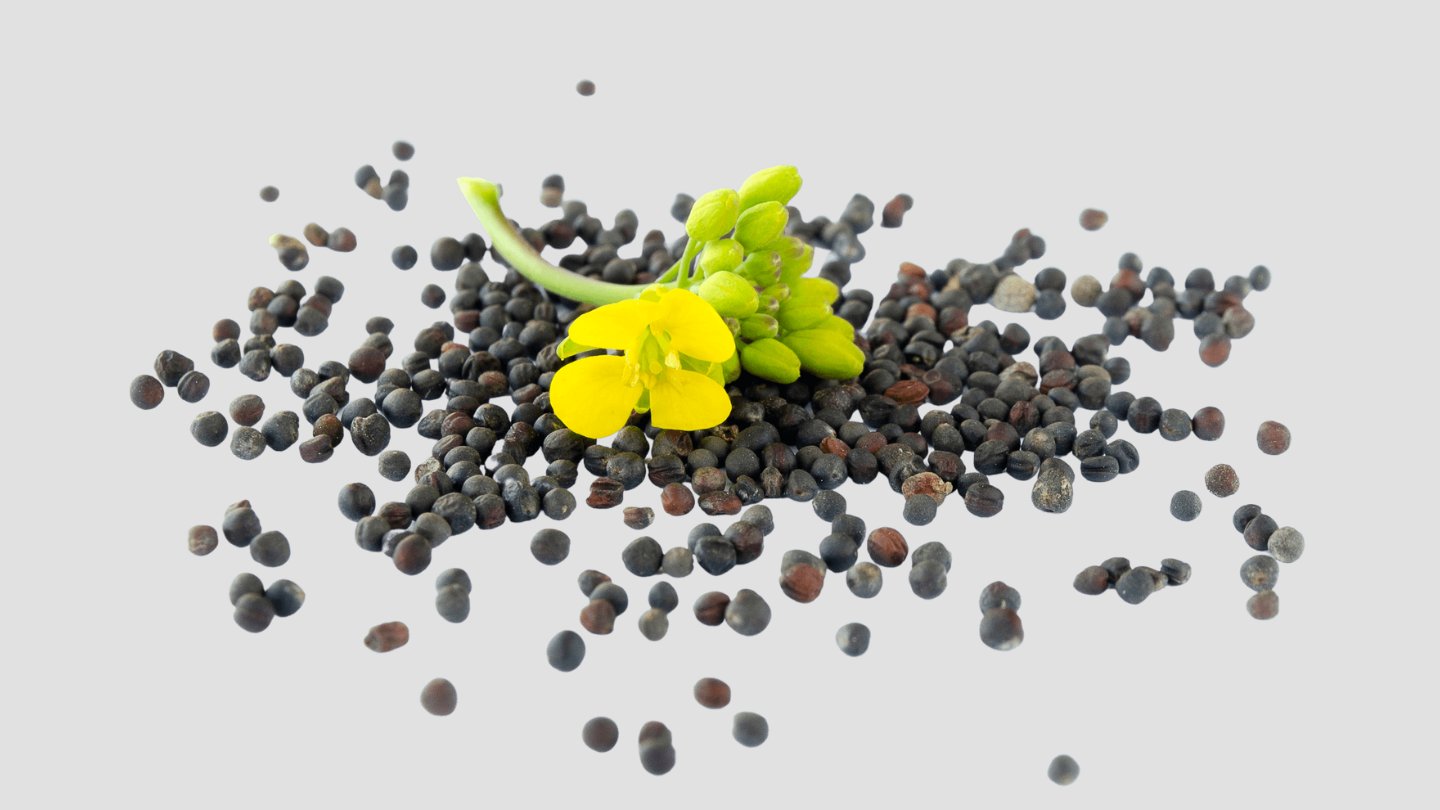
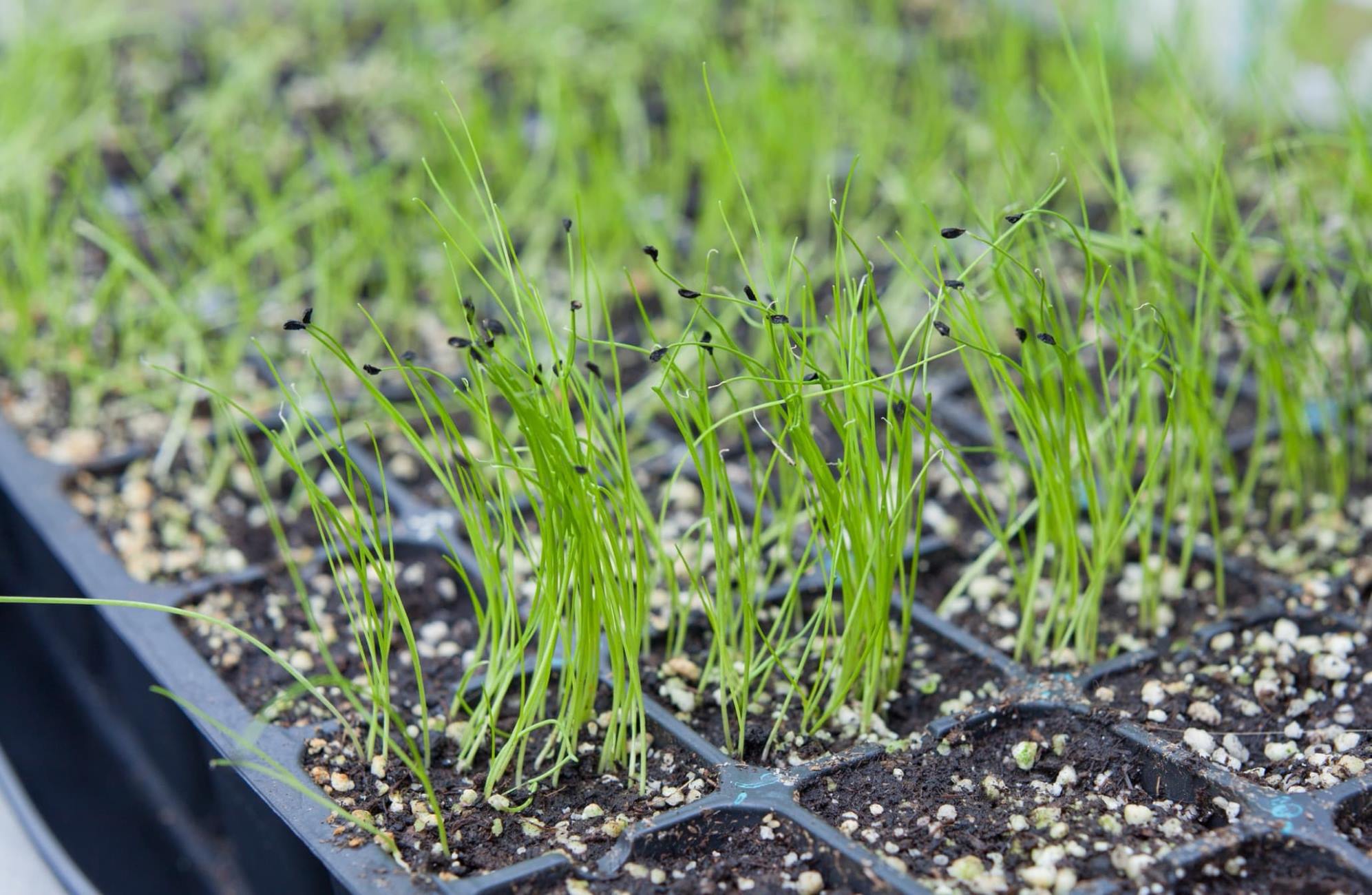
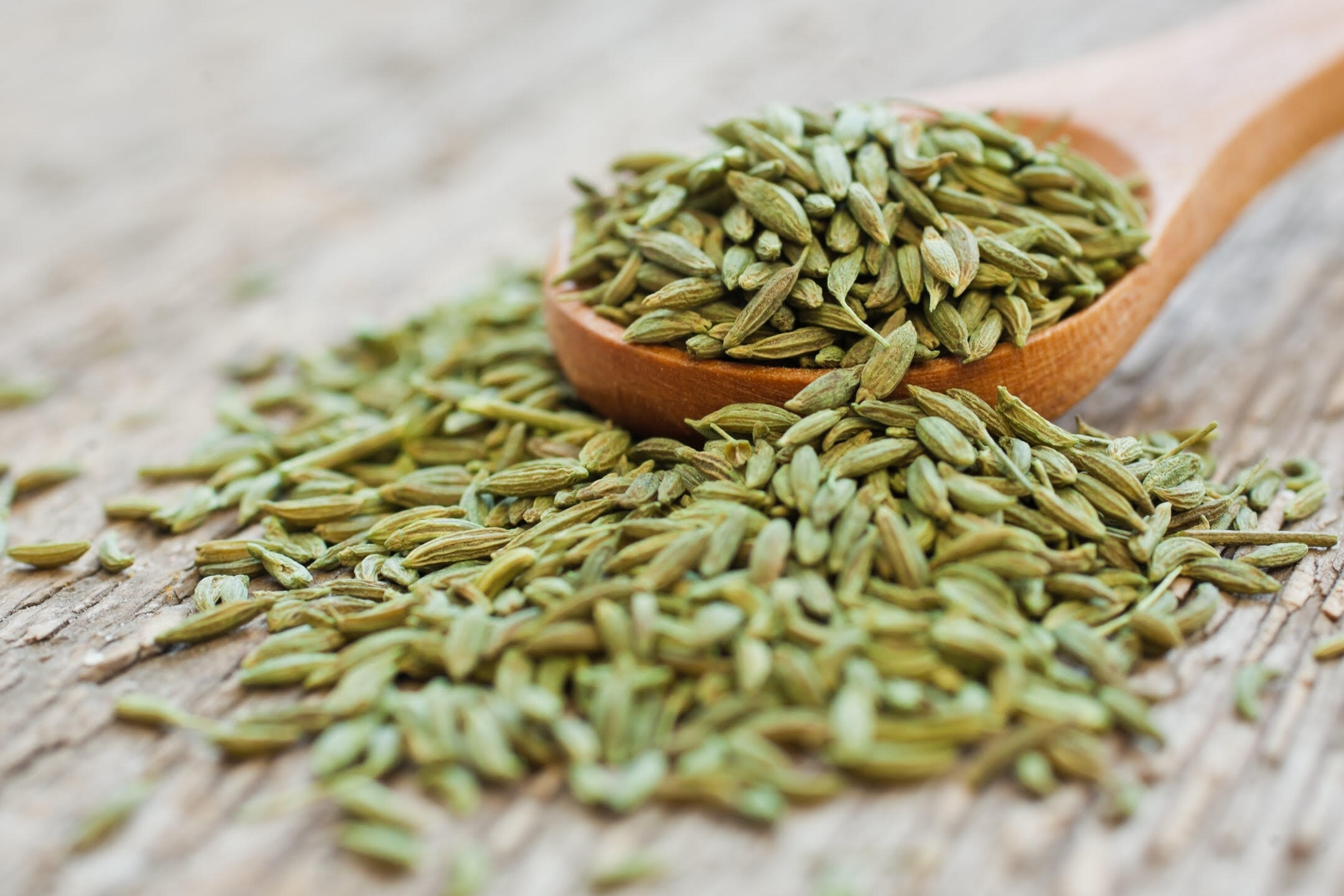
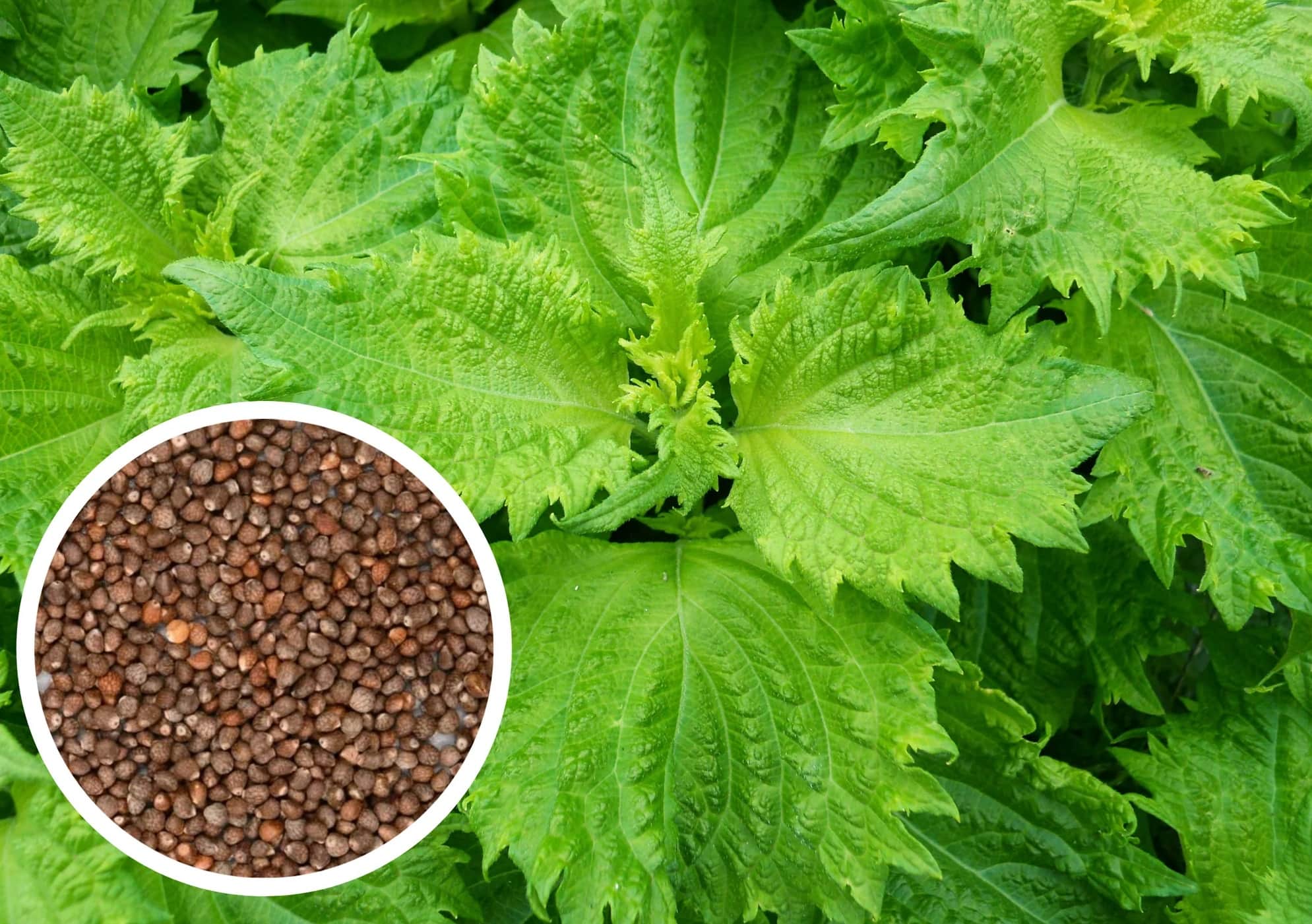
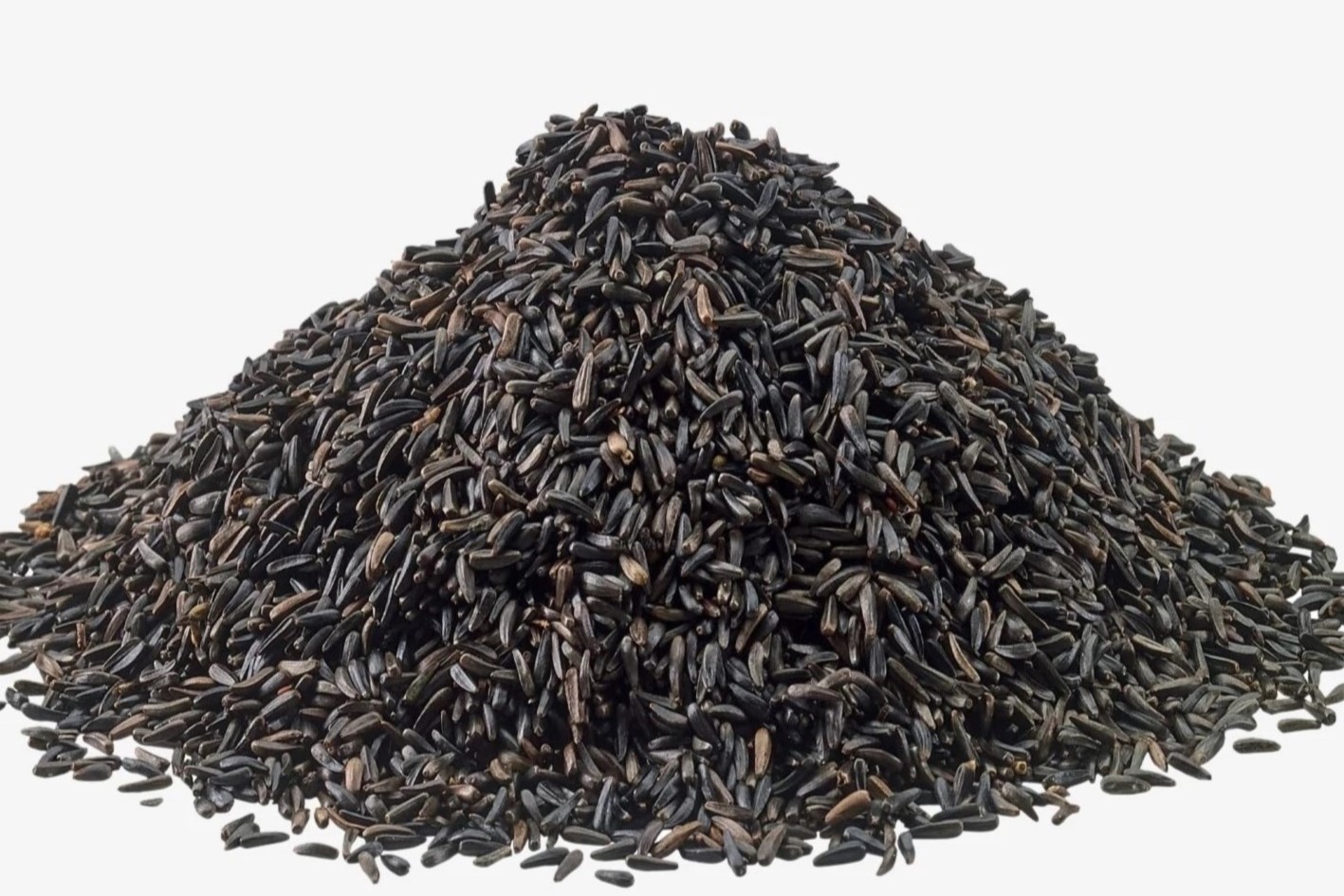
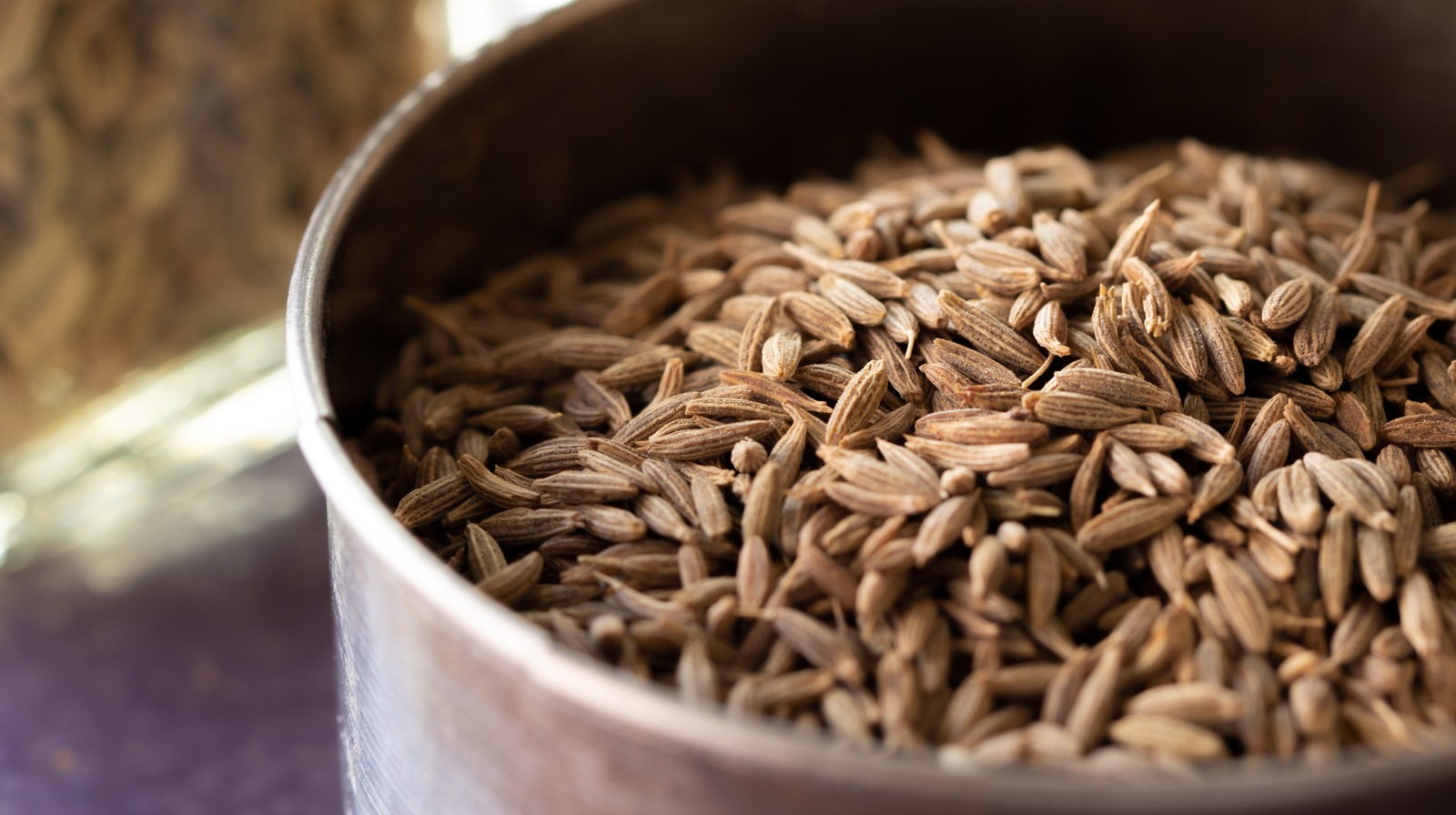

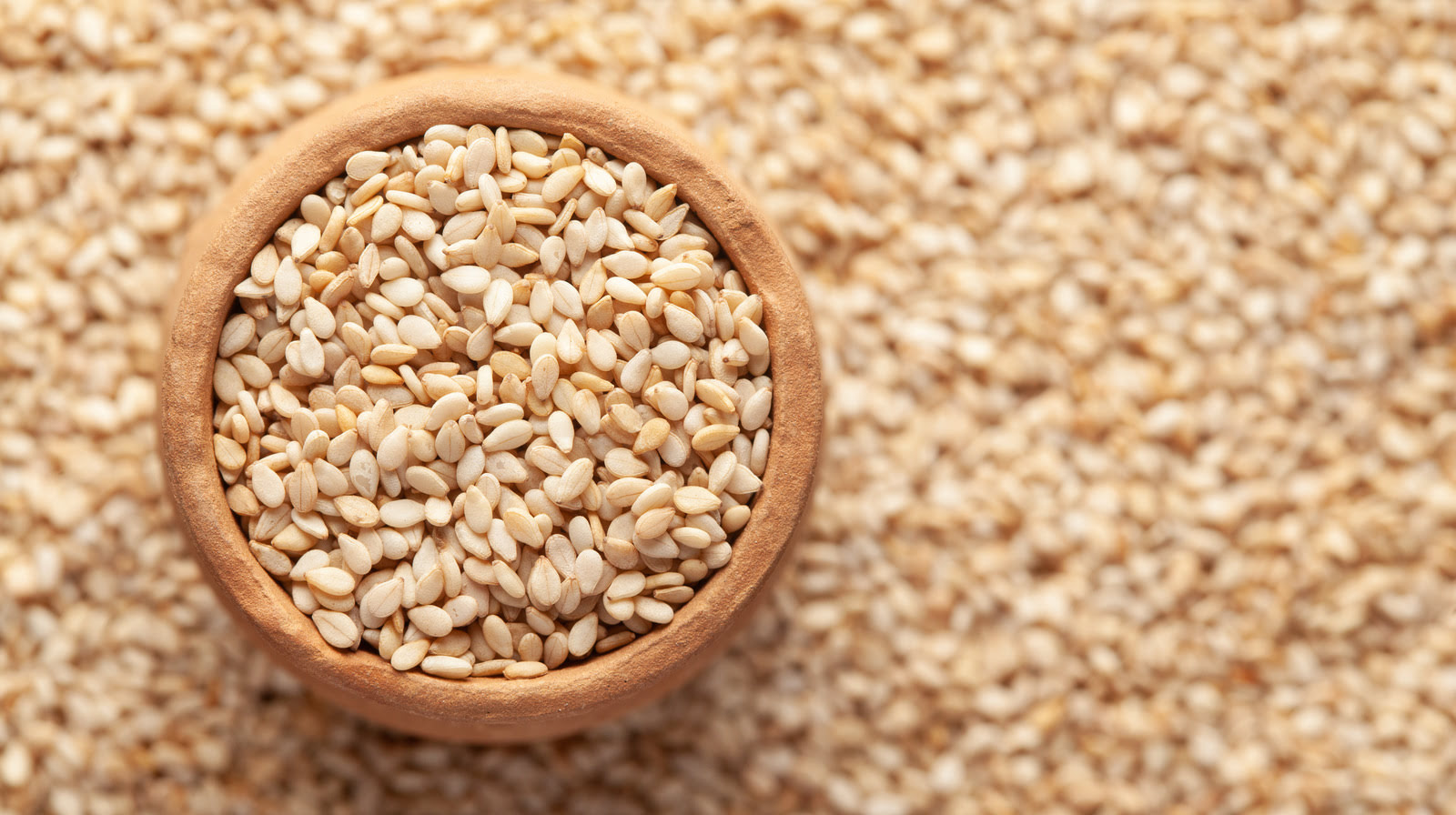
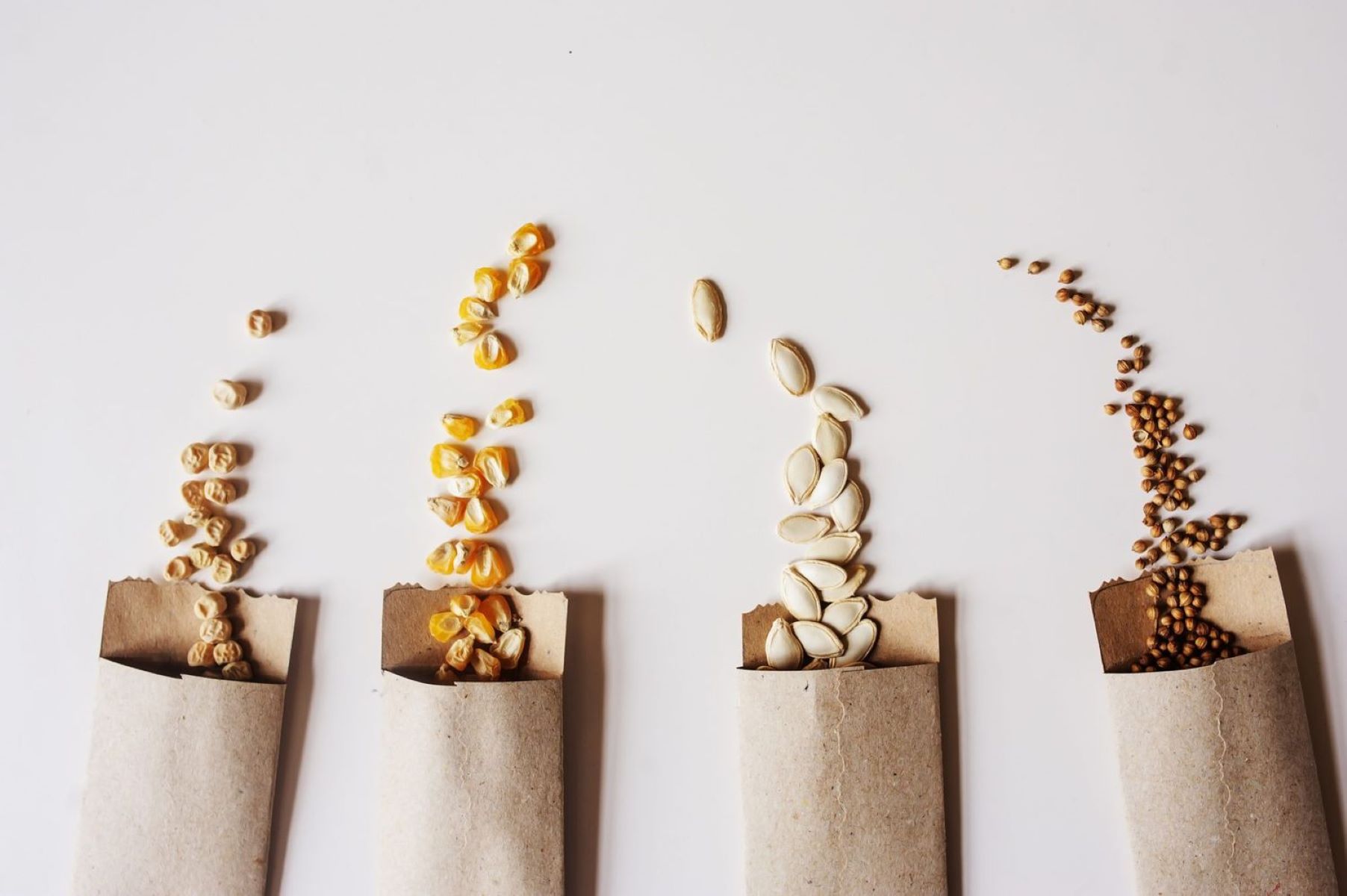
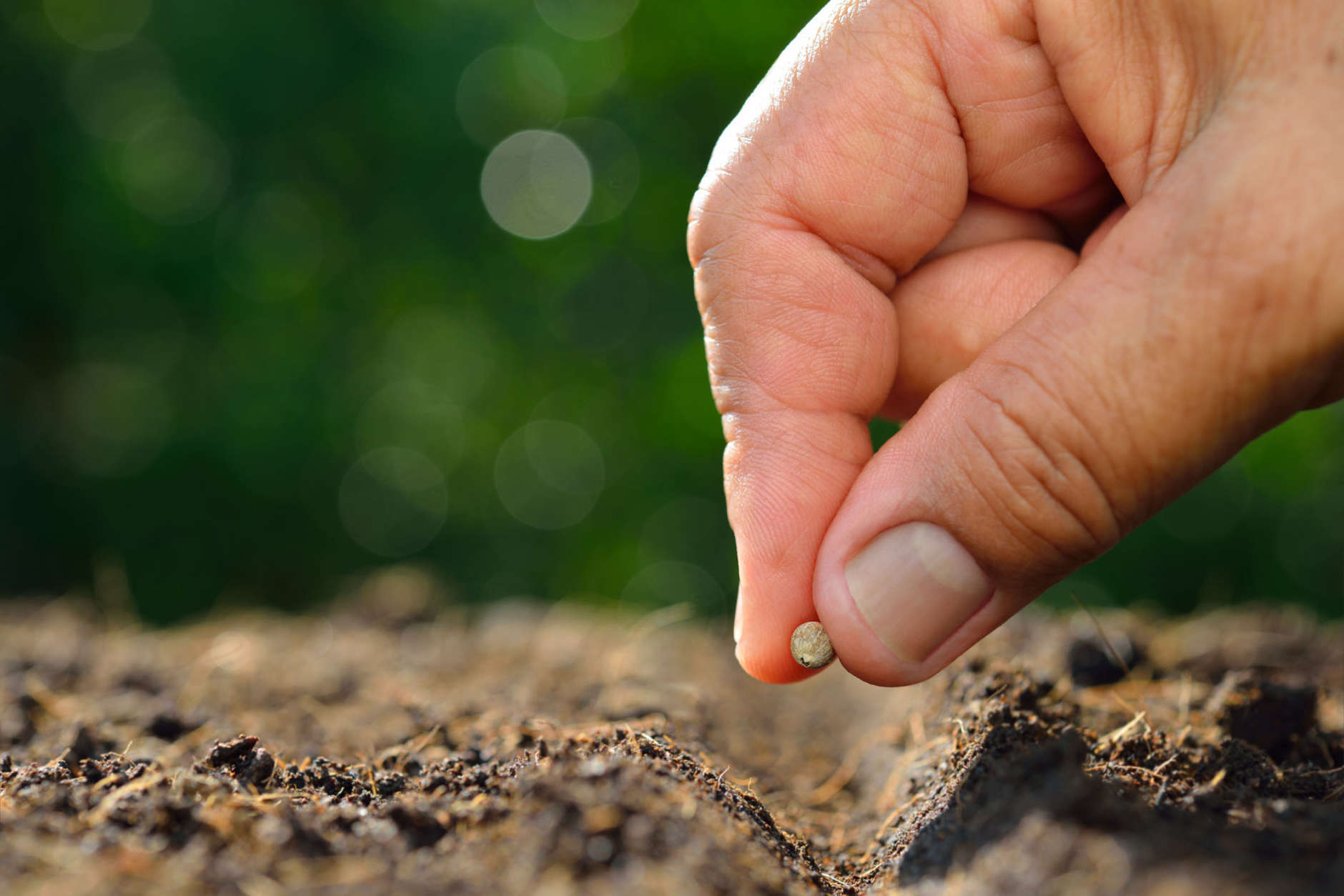
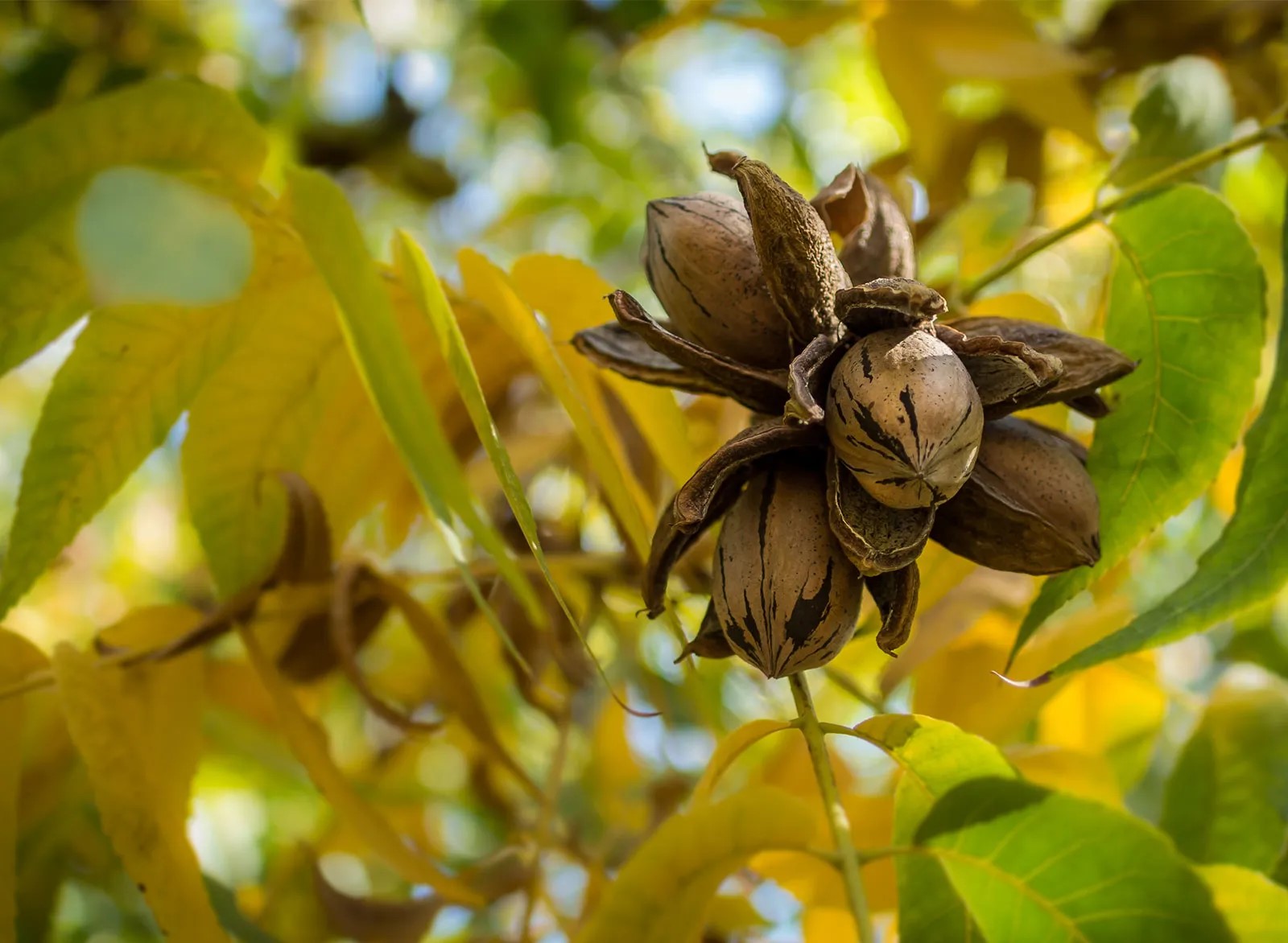
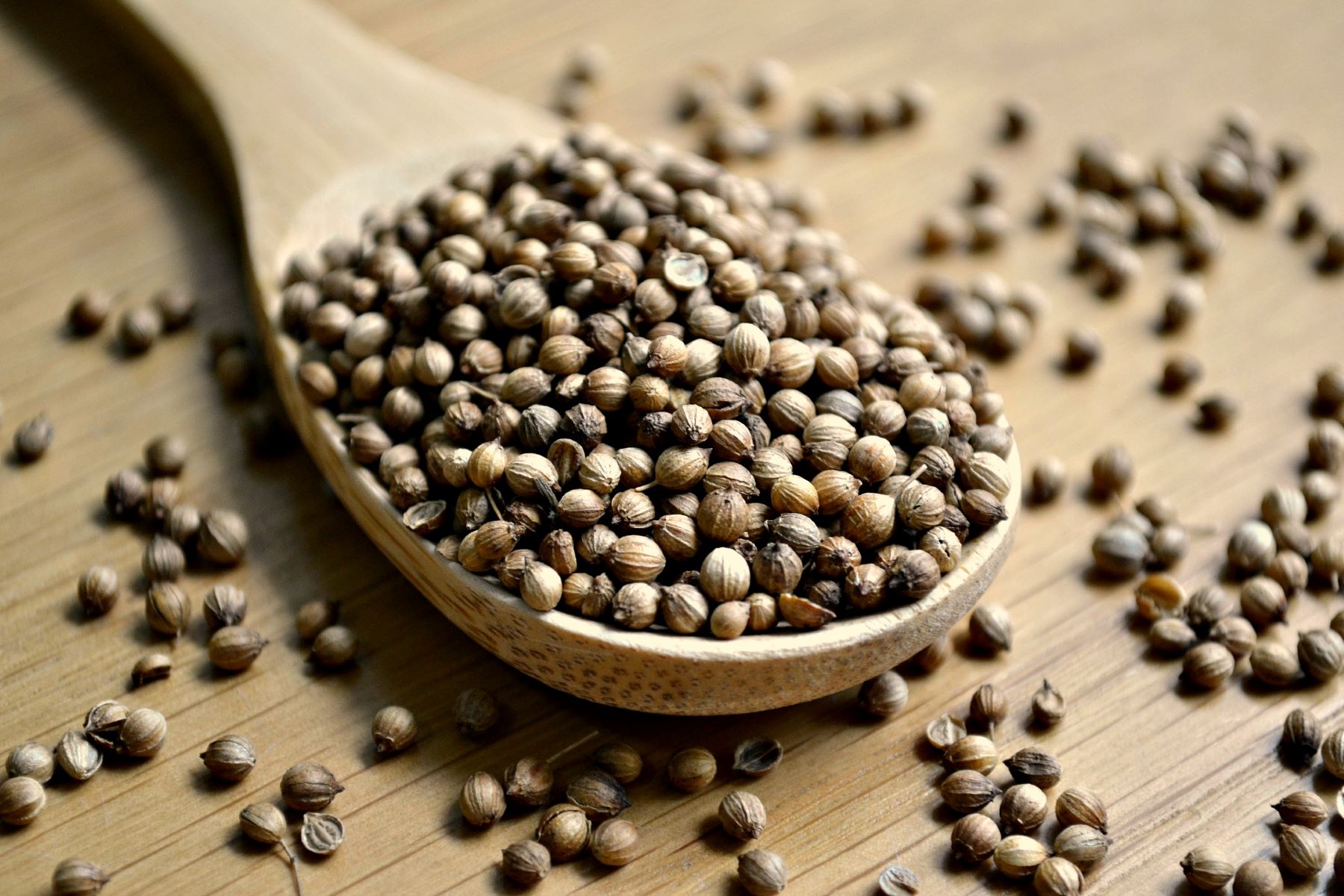
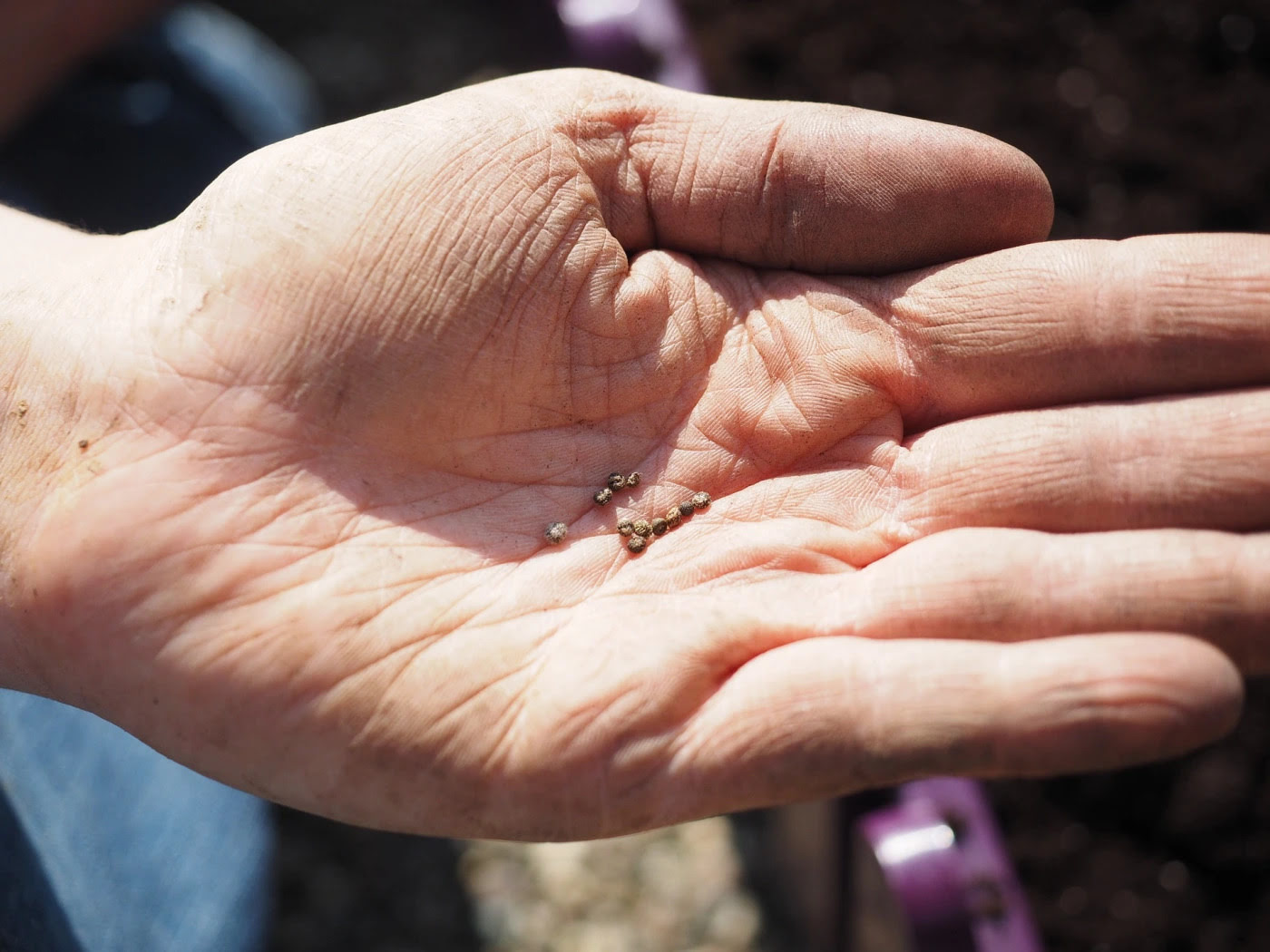
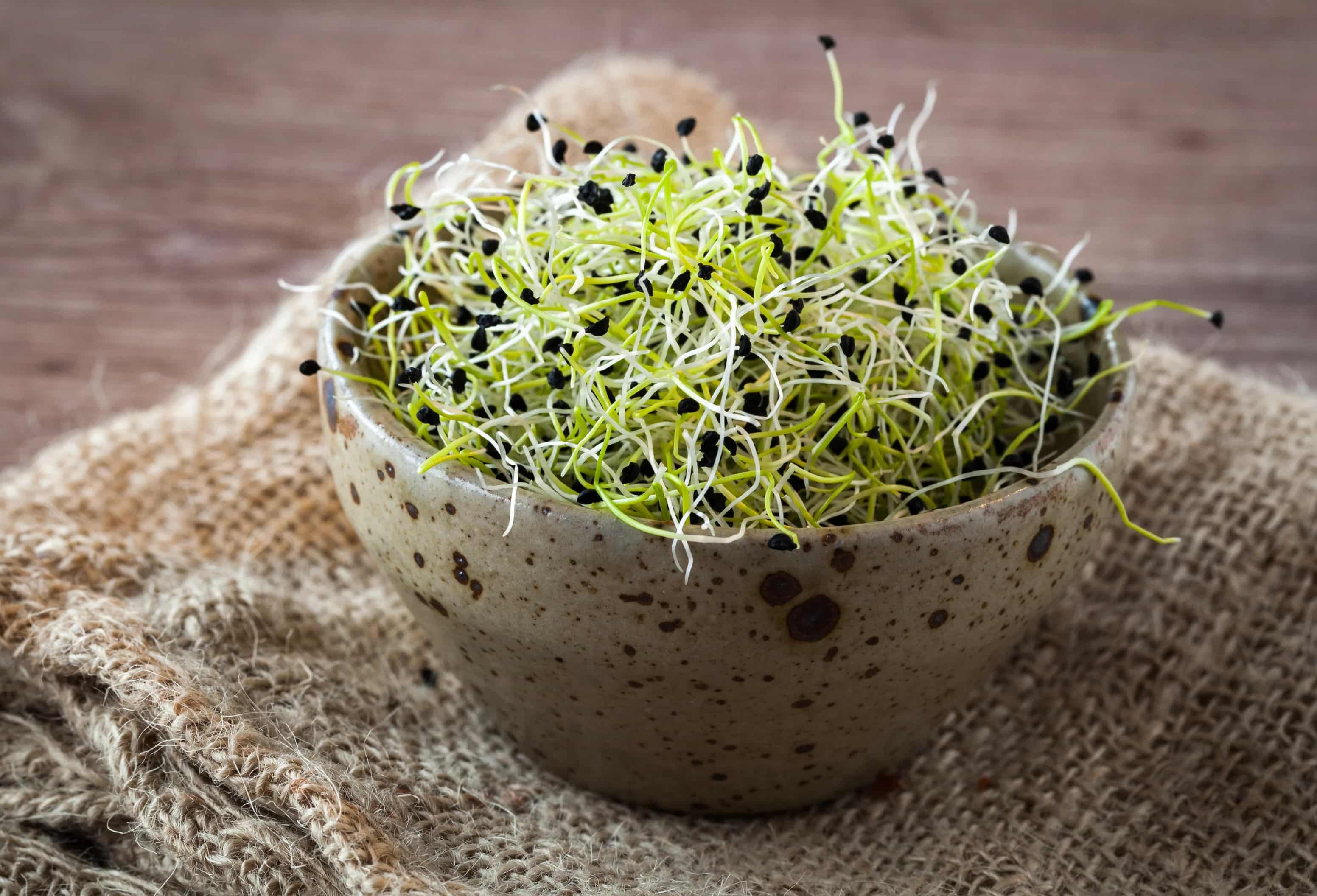

0 thoughts on “What Is Pimento Seeds”